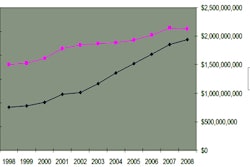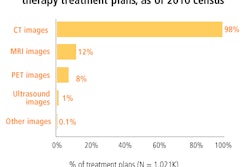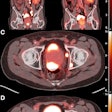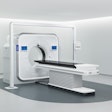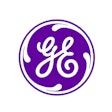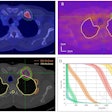Dear Radiation Oncology Insider,
The transition to a new calendar year always brings statistics, such as the report from the U.S. Centers for Medicare and Medicaid Services stating that healthcare spending in the U.S. jumped to $2.5 trillion, an increase of 1%, in the past 12 months. Healthcare treatment now represents 17.6% of the U.S. gross domestic product, equivalent to an expenditure of more than $8,000 for every U.S. citizen.
Cancer treatment is considerably more costly, and as the baby boomer generation in North America ages, there's justifiable concern about how federal, provincial, and state governments are going to pay for the increasing number of cancer cases. Two reports related to future needs and costs of radiation therapy merit your attention, as does a look ahead to 2020 by the National Cancer Institute.
With the cost crunch that many countries throughout the world will be facing, finding cost-effective treatments that produce the best outcomes is of paramount importance. In this newsletter's Insider Exclusive, physicians at Memorial Sloan-Kettering Cancer Center report that prostate brachytherapy produces better survival outcomes for patients with low-risk prostate cancer than radiation therapy treatments.
The use of an intraoperative electron radiation therapy boost at the time of breast conservation surgery is also keeping cancer at bay, according to findings presented at last month's San Antonio Breast Cancer Symposium. Also from the San Antonio meeting is news that using SPECT/CT during treatment planning may reduce lymphedema occurrences and its lifetime of symptom-reducing costs: Click here to learn more.
In case you missed the listing in the Radiation Oncology Digital Community, stereotactic radiation therapy may be just as effective as surgery for elderly patients. The Amsterdam study doesn't include a comparative cost analysis, but you'll still want to read the article about this treatment option.




